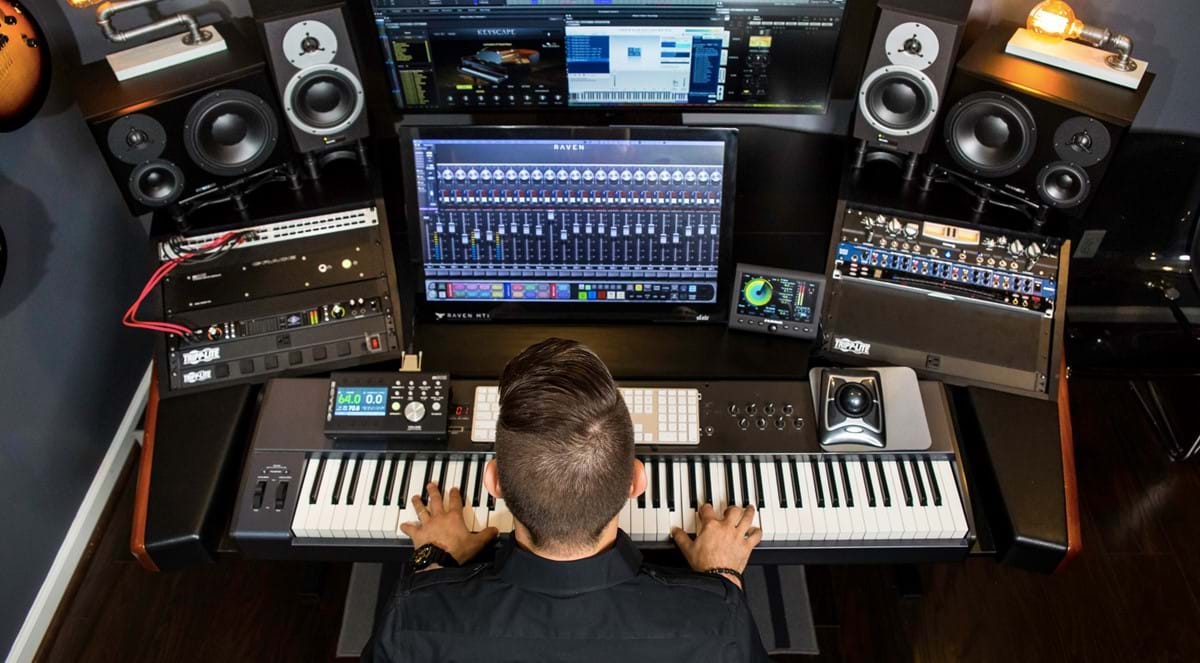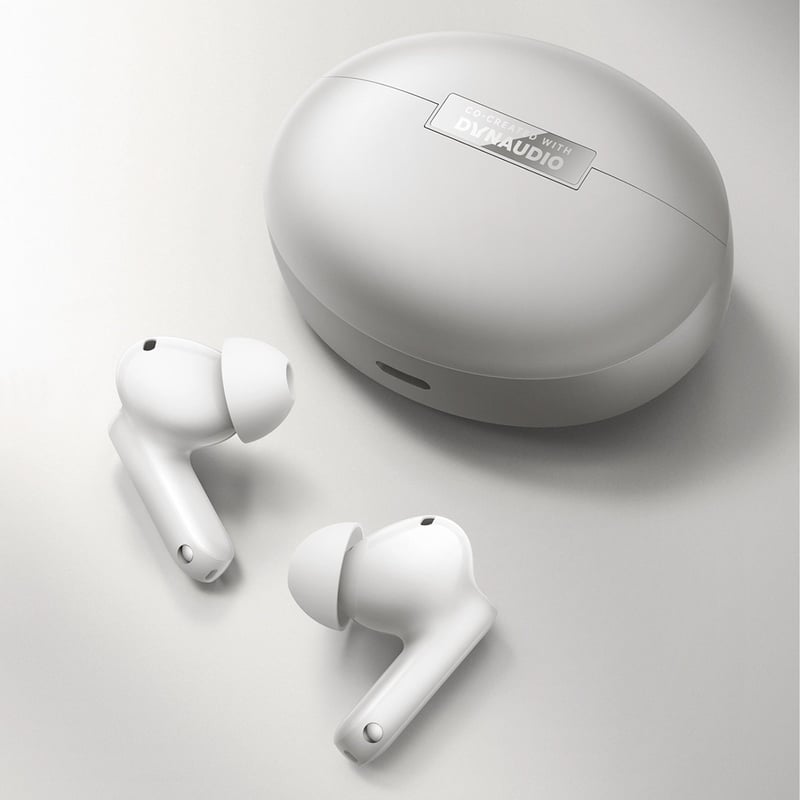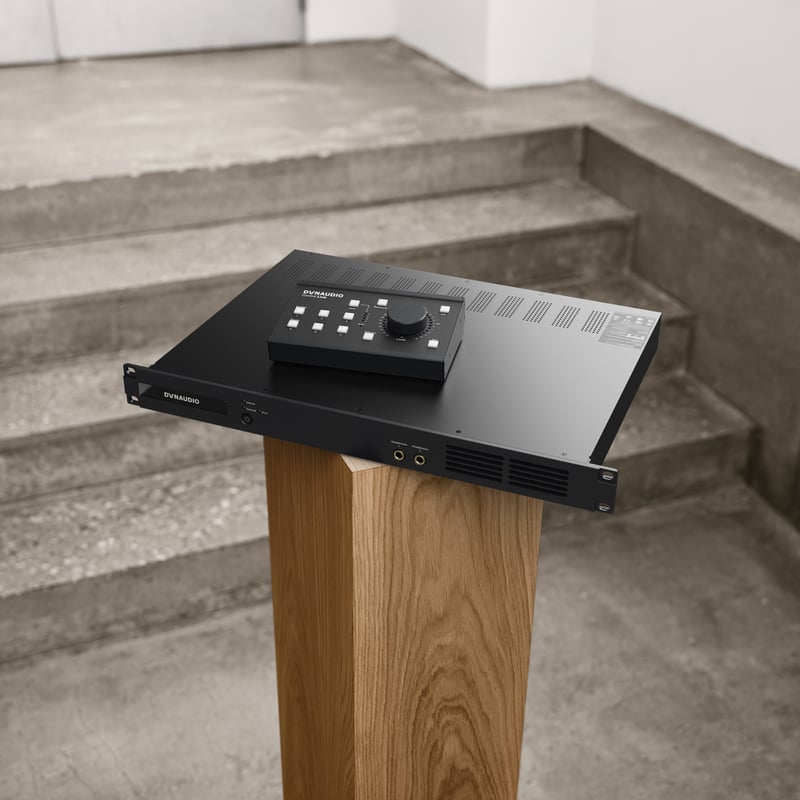We hooked up with Ben to learn more about his work with music for film and TV, as well as what having a great studio monitor system means for his productions.
Music has been a key part of Ben Zebelman’s life since age 5 when he started taking classical piano lessons. And the love for music not only stuck – it grew. There was, however, another dimension to this world that Zebelman had always been drawn towards.
Even as a child he was curious with how amazing professional recordings sounded and loved to play around with the Treble and Bass controls on his dad’s stereo. Growing up in Rochester, NY, there were great studios around and Ben simply knew that somehow he just had to be a part of this world of music and sound.
Reverse engineering and piecing it all together
As is so often the case, the high school years turned out to be very defining for Ben. Early on, he was introduced to jazz music, and according to Ben jazz improvisation is quite similar to composing – but in realtime. A composer seed had been planted.
But before composing, a period of ‘reverse engineering’ and ‘learning by doing’ played an important part. His parents got him a Korg M1 keyboard with a built-in sequencer and Ben would use it to remake every single pop song he could think of – and afterwards he would take it apart and completely re-arrange them.
Also adding fuel to the fire was the fact that Ben’s Jazz band teacher, Bill Tiberio, allowed him to borrow old Oberheim and Ensoniq keyboards from the school, and combined with his Korg M1, Cakewalk installed on the family PC, a Peavey KB60 amp and a Radio Shack line mixer it was time to make some music and get to learn how the gear really worked.
Now the path was set, and eventually Zebelman graduated from Ithaca College with a degree in music. Next challenge was to find out how exactly to make a living of his passion for music, composing and producing.
I haven’t checked a mix in my car in 13 years. It goes from the Dynaudios on to TV, Cinema… Wherever!
Ben Zebelman,
Getting started creating for picture
In fact, Ben already had a pretty good idea of what to aim for, as he had scratched the surface of making music for video during the college years, and had found the power of music in this context very fascinating.
“I loved how music could totally influence what was going on in the picture. By shifting genre, tempo, mood, key, etc., you can completely change the meaning and impact of a scene. I also loved the pace, the turnaround time, the pressure and the highs and lows of delivering for clients.”
So, knowing that this was the career he wanted to pursue, the obvious and immediate next step for Ben was to move to either LA or NYC where the industry is concentrated. Since Ben had always been living on the East Coast, he set his mind for NYC and reached out to more than 30 music houses that specialized in delivering music for advertising.
“I was fortunate to land what would be my creative home for 9 years: David Horowitz Music Associates. David Horowitz and his wife Jan were amazing people. Working with them gave me what seemed like multiple Ph.D.’s in both the creative and business sides of the music industry. They surrounded themselves with the best engineers, equipment and people. I could not have been more fortunate.
When I first started there, we were doing at least 3 sessions a week averaging 30 live-players per session. We worked out of the studios at DHMA, Edison, Clinton and Right Track. I got to work in huge rooms and tiny rooms and learned how to make things sound great no matter what the production space was like. In fact, my first personal writing/production room was one of the other composer’s vocal booths. I produced my first 10 National TV commercials out of that room/closet!”
Keep your setup simple and become an expert with what you have.
Ben Zebelman,
Risk management
Ben focused on TV commercials for the first couple of years, but having weathered several union strikes by the Screen Actors Guild and other aspects of economic unrest, 9/11, etc., he learned that it would be better to be diversified if he was to make a stable career in a very unstable business.
“I started to spread my wings and seek out other work, doing themes for TV shows and eventually morphed that into creating entire custom music libraries and scores for TV shows. Today, I would say my time is mostly taken up by creating music for TV shows, including seven seasons of ‘Moonshiners’ on Discovery Channel, as well as numerous other shows on other Discovery channel outlets, three seasons of ‘Live Free or Die’ on National Geographic and ‘Lone Star Law’ on Animal Planet.
I also create a large amount of music for big corporate events for brands such as Toyota, Lexus, Land Rover and Lenovo. Last Summer, I also created a new sonic signature for the United States Tennis Association to be used for the US Open.
Finally, I’ve also been fortunate to co-compose a few films with Lions Gate, such as ‘Spare Parts’ and ‘Aztec Warrior’ over the past few years, working with my amazingly talented friend, Grammy Award Winner Andres Levin.
Every day is a new creative challenge for a different medium, but at this point, I compose approximately 60% for TV shows, 20% for TV commercials, and 20% for corporate events.”
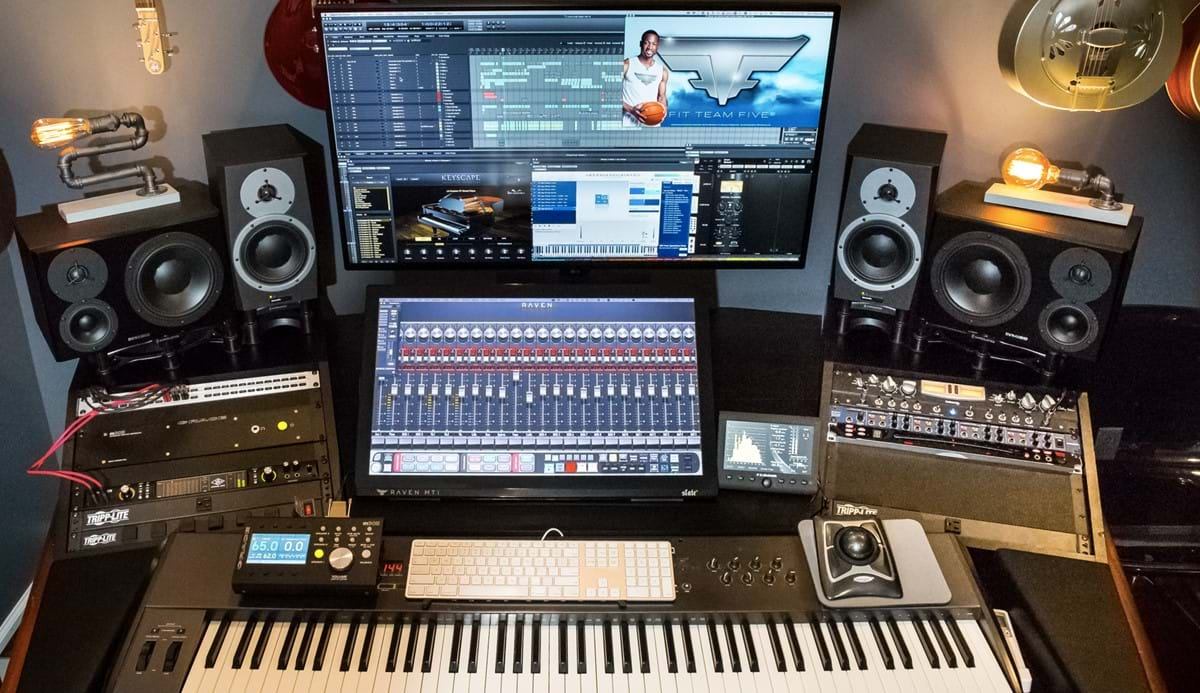
Getting into the gear
Obviously, Ben is driven by his passion for music, but given his type of work, his arsenal of tools includes much more than ‘just’ the keys on his piano.
“I have been using the Digital Performer DAW since 1999. For scoring music to picture, it can’t be beat.
My main microphone preamp is a Persons ADL 600, which along with my LYD 48 studio monitors, are my most recent studio upgrades. And these are super-important pieces of gear!
I also bought into the Universal Audio Apollo 8P audio interface and plugin ecosystem. The output feeds a Grace m905 reference monitor controller that I use to switch between the Dynaudio LYD 48’s, Dynaudio BM5 (Mk I) and Avantone mix cubes. Also, this past year I added a Slate Raven MTi2 to my workflow, which has been an awesome addition too.”
I have never in all of my years working on Dynaudio studio monitors sent out a dud of a mix to a client.
Ben Zebelman,
Thinking outside, but working inside, the box
Creatively, Ben often thinks outside the box, but when it comes to his technical setup and workflow, he has moved everything inside the box, which represents a very valuable benefit.
“Because of my insane production schedules, which often involve very tight content delivery deadlines, I need to be able to move fast in the studio. For instance, I might get a call from someone saying: “We would love to use that piece of music you wrote a few years ago, but adjusted for a new picture.”
It’s situations like these that made me move towards an entirely in-the-box studio infrastructure. Having ‘Total Recall’ ability – being able to open older sessions and maybe only have to address a few out-of-date plugins – is amazing.
So, relying entirely on working with plugins, I do all I can to always have the best plugins out there. For instance, I bought the package where you get every single UAD created plugin when I got the Apollo 8P. It wasn’t cheap, but this isn’t a hobby for me! I couldn’t make a living without Digital Performer, Native Instruments Komplete, UAD, Slate, Waves and of course my Dynaudio LYD 48 monitors. Those are the technology brands I spend the most time working with on a daily basis.”
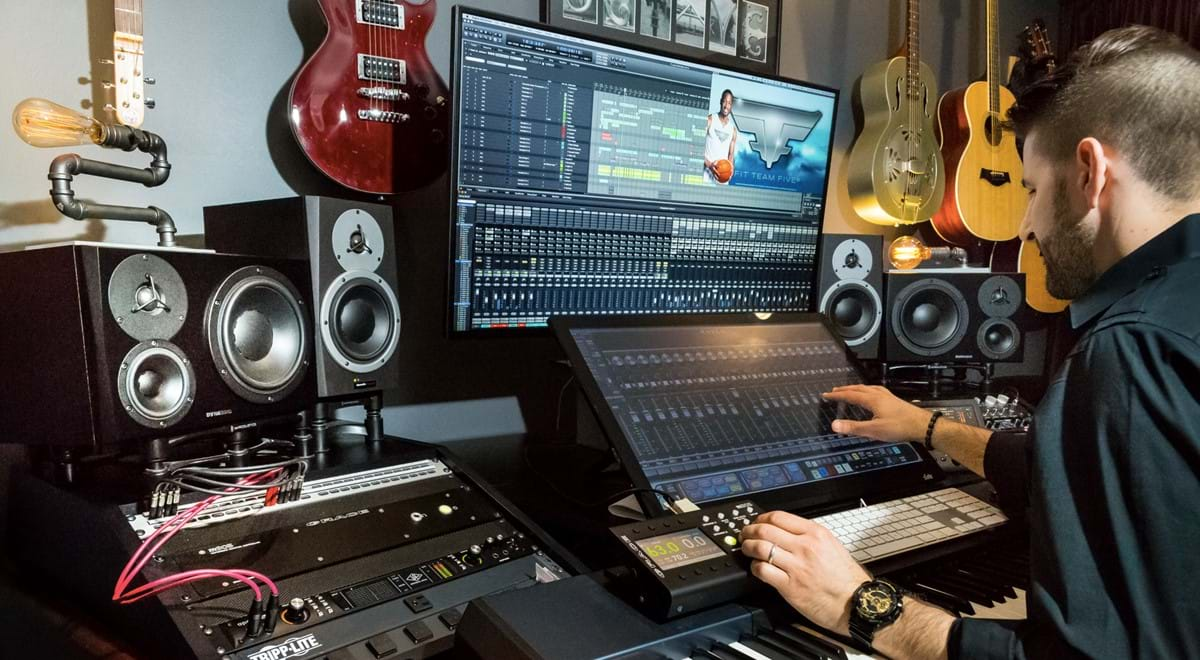
Working with LYD 48
“I love my LYD 48’s. Period! I have been producing and mixing music that has been heard all over the world on TV and in arenas for dealer conventions on my Dynaudio BM5 Mk1’s since 2006. The only thing I didn’t love about them was that they didn’t go super low bass-wise. I never had an issue with my mixes not translating in other places, but particularly when writing for TV shows, where I use a lot of low ‘booms’ and more low sound-design-y- sounds, I felt like I kept monitoring at louder and louder levels to feel that sort of in-the-chest impact when composing and mixing. I was beginning to get a bit worried about my ears.
I almost pulled the trigger a number of times on buying a subwoofer to pair with the BM5’s, but then got nervous about what potential mixing complications that might introduce. I considered a 2.1 system from another well-known monitor brand a few times, but could never talk to people without the word ‘fatiguing’ creeping in. And then that made me realize that I have been working on Dynaudio monitors for nearly 12 years, often for 14 hours a day, and ‘ear fatigue’, or having a sense of fatiguing was never on my radar.
I love my LYD 48’s. Period!
Ben Zebelman,
That made me think maybe a smooth pleasant revealing high end was just part of the Dynaudio DNA, and maybe I shouldn’t stray from it. So, when pre-sales info started coming out about the LYD 48, and from what I was reading, it seemed like this monitor was built for me. Smooth Dynaudio top end, true midrange and an extended low end that touches in the sub-woofer space.
The three-way speaker design was intriguing to me, as the mid range could focus on the mids, letting the woofer do what the woofer is supposed to do. So, I got on the wait list at Sweetwater for the first pairs they were to get in. When I got them, I set them up and ran a few days of tunes through them so that they would open up properly.
I immediately heard a tremendous clarity and detail that my BM5’s just simply couldn’t produce. Of course it was particularly in the mid range – right where you decide the level of the vocal, the snare drum, the electric guitar chords, etc.
Then for the fun of it, I Googled ‘great bass reference mix’ and came up with the Jamiroquai song ‘Cloud 9’ mixed by Mick Guzauski. The bass is so true, and I soon realized that subwoofer bass is different from tight musical bass. Then I simply knew that I made the right purchase.
I had a few big jobs for a number of clients in Canada at a huge music production company up there and after sending in my mix and stems, I checked in with the final mix-down engineer to ask how my ‘stuff’ sounded in his big mastering room. He said everything was fantastic ‘as usual’. But I pressed him further, asking if he used my stereo wav file, or if he went to the stems. He said: “No need for the stems, it sounded great as is.” No doubt, the LYD 48’s translate perfectly to other playback systems.”

Since working at loud volumes was part of what triggered the urge to look for a monitor upgrade, we were curious to hear if Ben was now able to work at lower volumes while still being able to deliver reliable and great-sounding mixes.
“Yes, absolutely! To avoid high volume from creeping in, I’ve always kept a radio shack dB meter handy. But now, since installing the Grace m905 that has a realtime dB meter built in, I got the whole thing calibrated. And for my room, I find 78 dB to be a good working volume where the low end has zero interaction with my room.
This is much lower than when I had my BM5’s where I worked more typically up around 88-90 dB. The LYD’s have imperceptible self-noise, which is also really important to me. I hate room noise. The adjustable dipswitches on the back are super-musical and useful too. In fact, I have my left speaker, which is positioned near a corner, dialed in slightly different than my right speaker and still the balance is amazing!
Perhaps most important of all, I average around 14 hours a day of near-constant sound, and I have never in all of my years working on Dynaudio studio monitors sent out a dud of a mix to a client. I haven’t checked a mix in my car in 13 years. It goes from the Dynaudios on to TV, Cinema… Wherever!
Finally, I want to point out that the price point is amazing – because if these were $4000 per side, I wouldn’t have bought them. Without Dynaudio figuring out how to make this monitor financially accessible, I wouldn’t have checked it out in the first place. This isn’t a hobby for me, and every purchase is carefully weighed against being able to consistently deliver to my clients, and being able to buy the car, take the vacation, feed the kids, pay for college.”
Spend time mixing in mono. If you can make it sound good in mono, you won’t believe how good it will sound in stereo.
Ben Zebelman,
Improve your skills and produce for your life
To wrap it up, we asked Ben if he has any advices and tips that he would like to share with young producers who are looking for a chance to get into this side of the music business.
“Well, if you are serious about getting into the ‘game’, then you must do it like your life depends on it. Because someday it just might if providing food, shelter and financial security is important to you. Having said that, here are 7 key things that I have found very useful to live by professionally during my career:
1) Be friendly, versatile, prompt and curious.
2) Make sure to fill up your tool belt with skills. For instance, if you are a good instrumentalist, but can’t read music, then learn how to read music. If you only mix music, figure out how to get involved with mixing radio commercials, TV commercials and TV shows. Give yourself as much versatility as possible so that you are as unemployment proof as possible.
3) Learn your gear – every bit of it. But keep your setup simple and become an expert with what you have.
4) Surround yourself with the most talented people that make you really insecure about your skills. It may sound harsh, but if you are the smartest person in the room, then it’s time to go find a new room...
5) Listen to as much music and sound as possible.
6) Pay attention to – and be aware of – how music sounds on different systems in different rooms. What is most important is that you know how YOUR speakers sound in YOUR room and how that translates to the outside world.
7) Spend time mixing in mono. If you can make it sound good in mono, you won’t believe how good it will sound in stereo.”
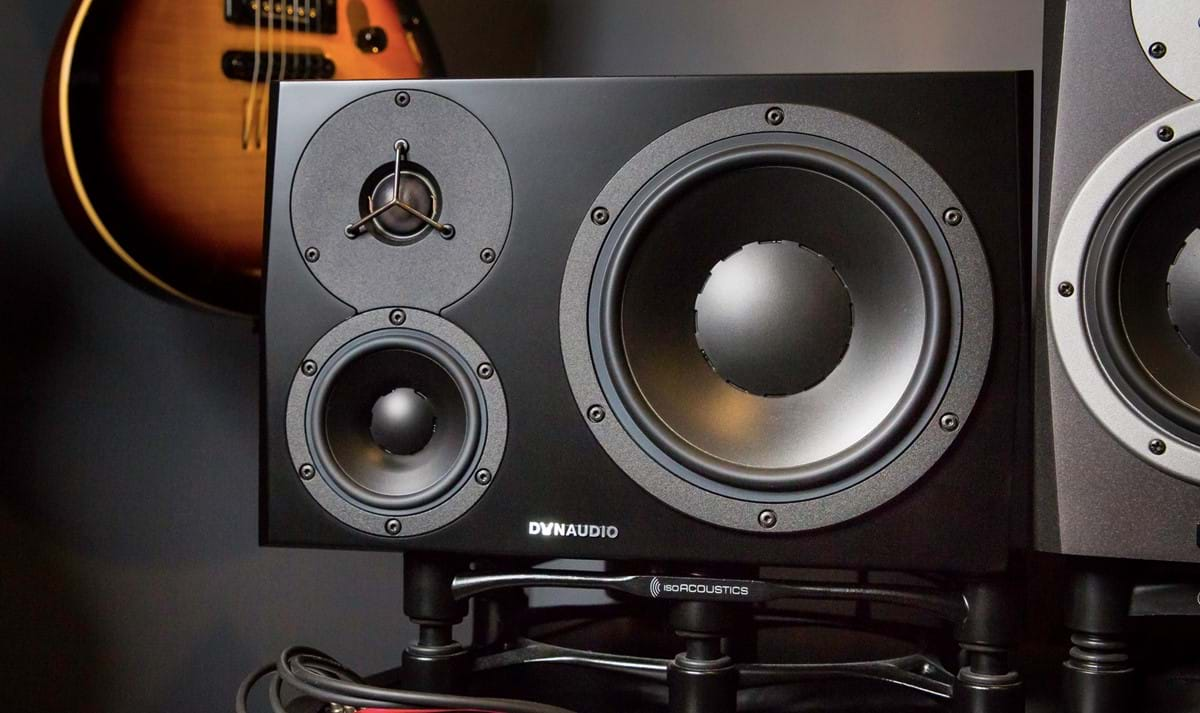
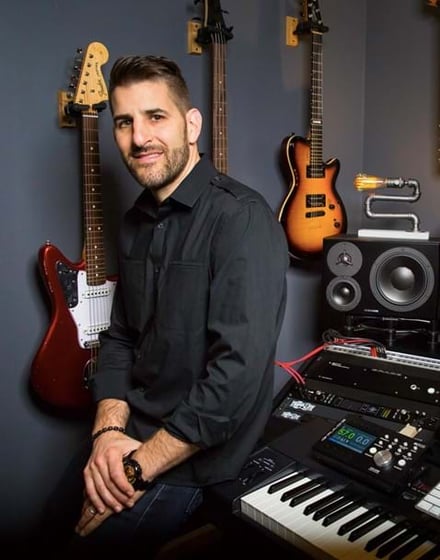
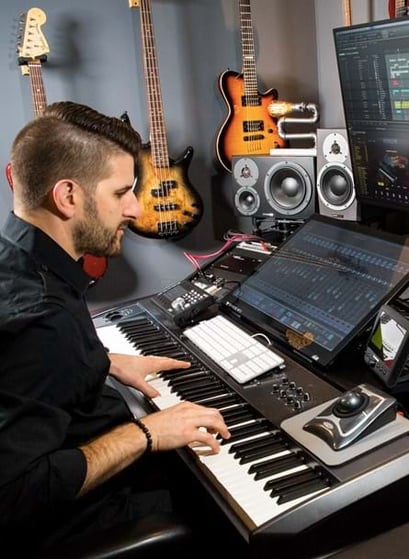
Sign up to get more great articles
Nothing compares to the satisfaction of knowing – for a fact – that something is as good as it gets


